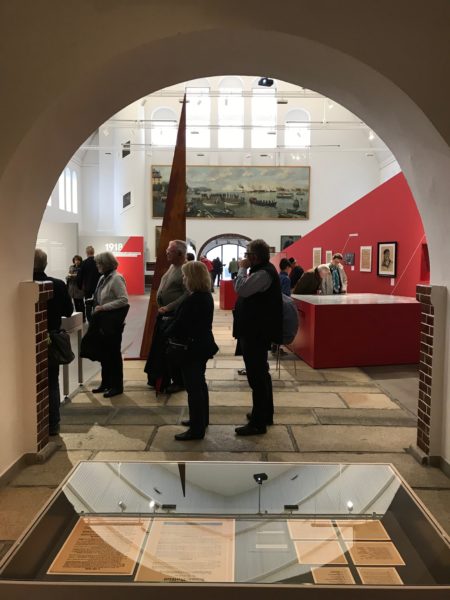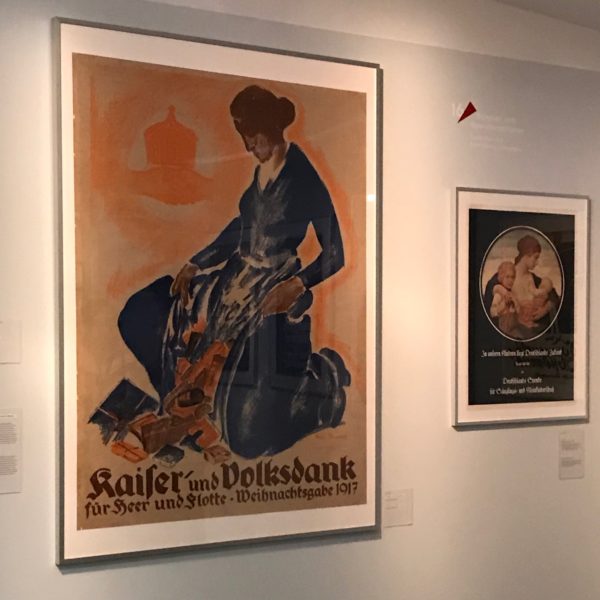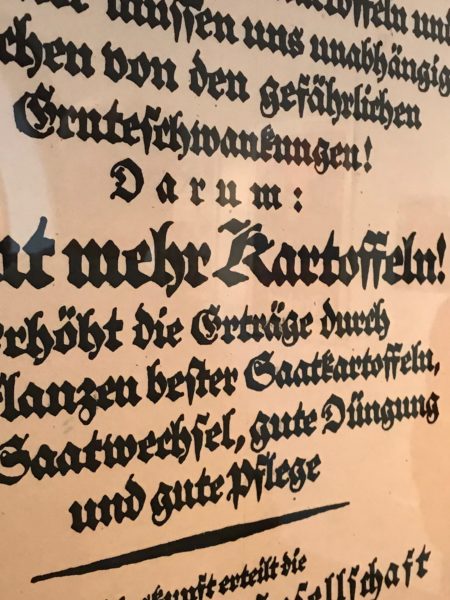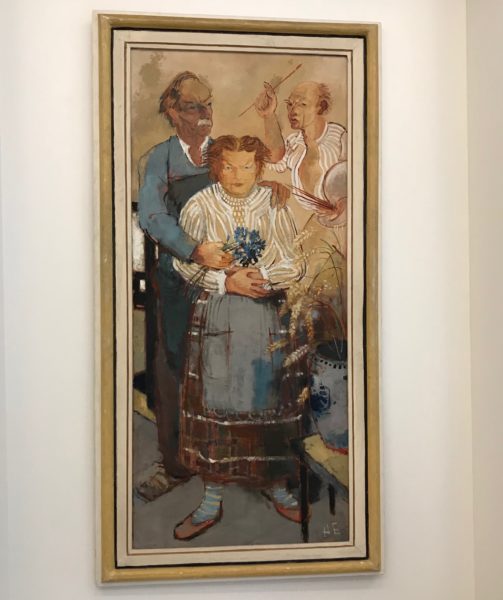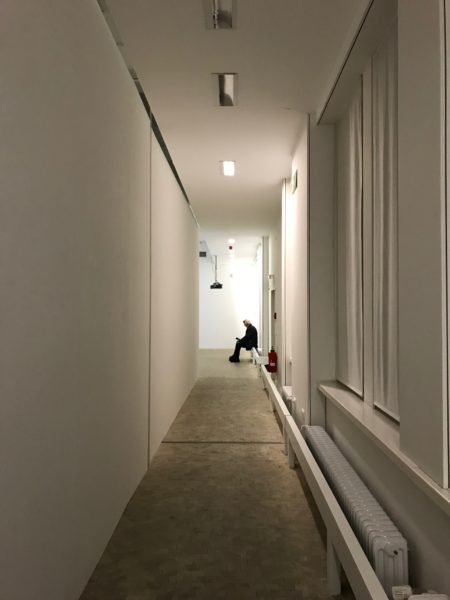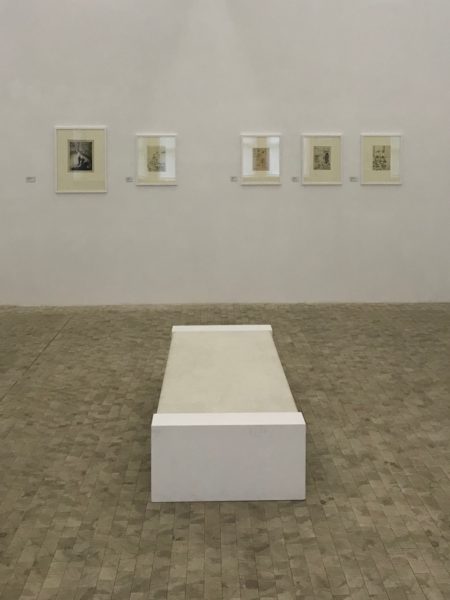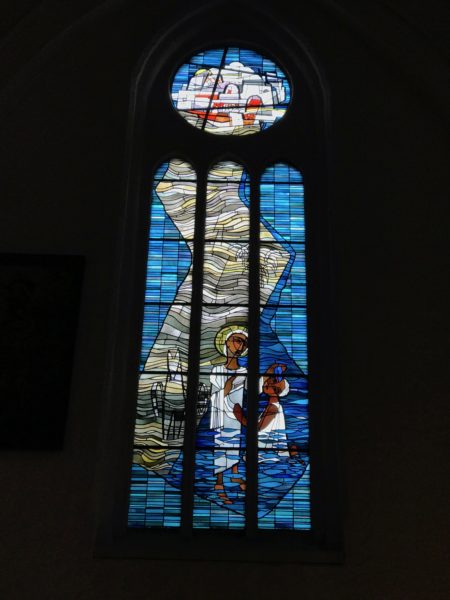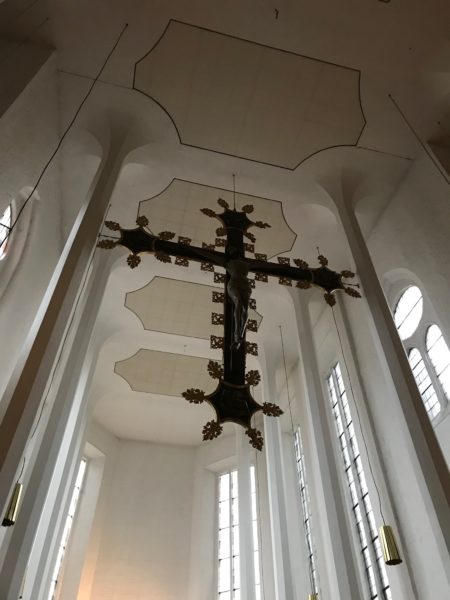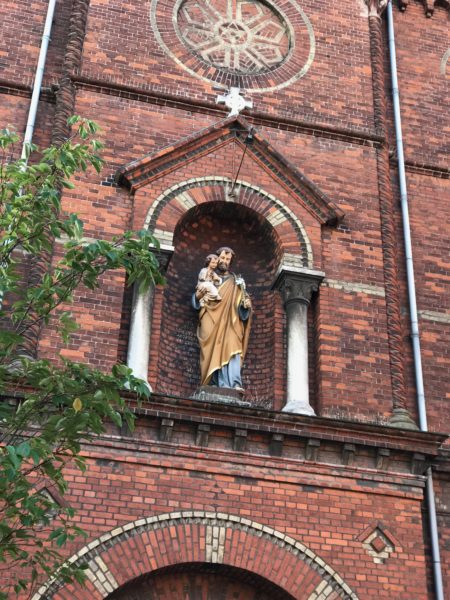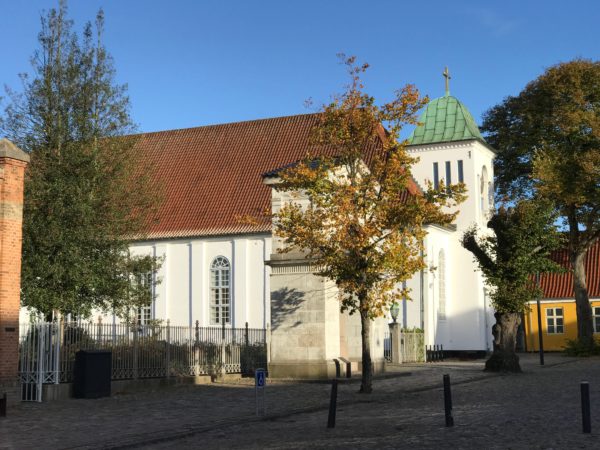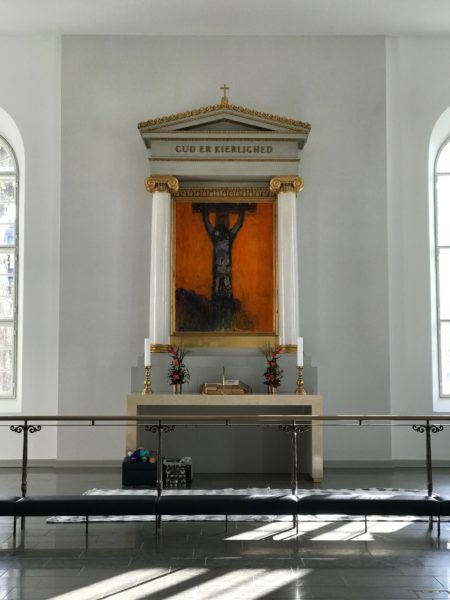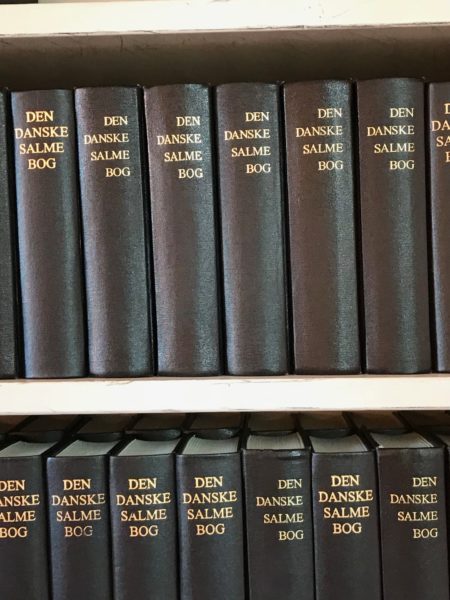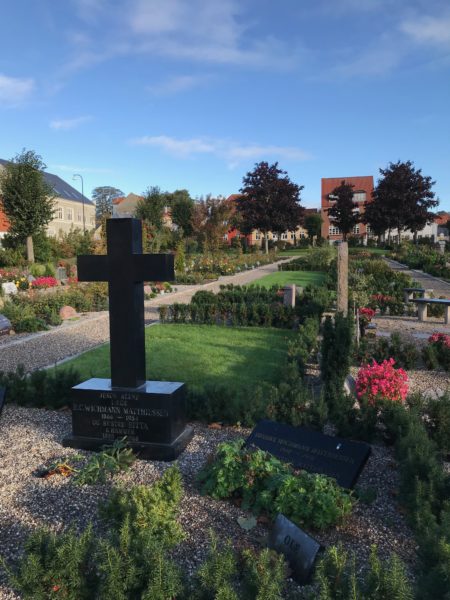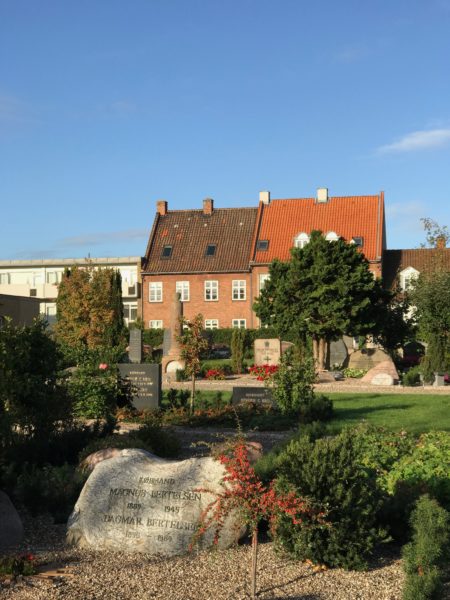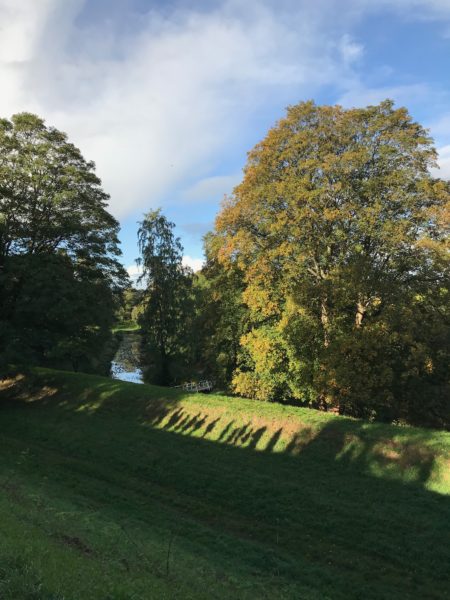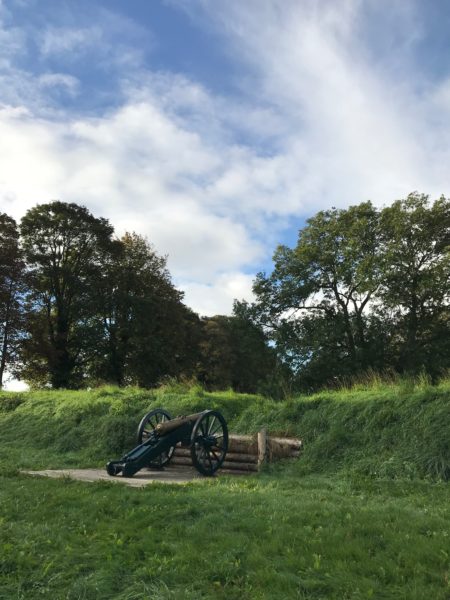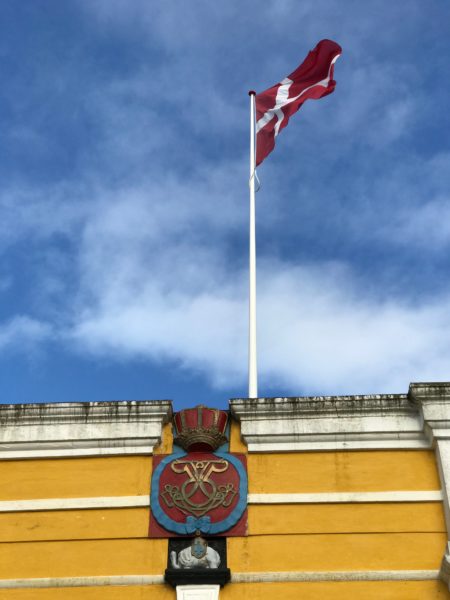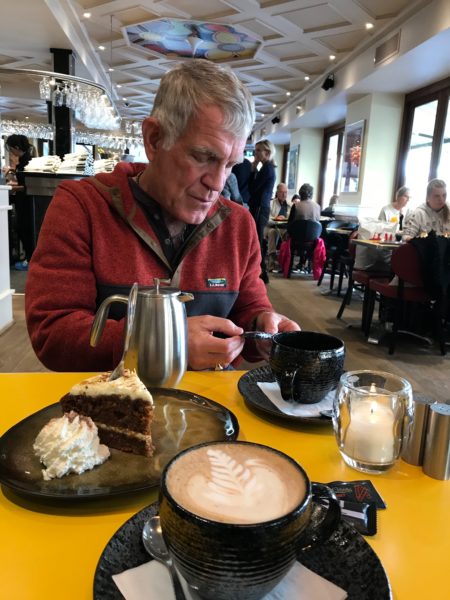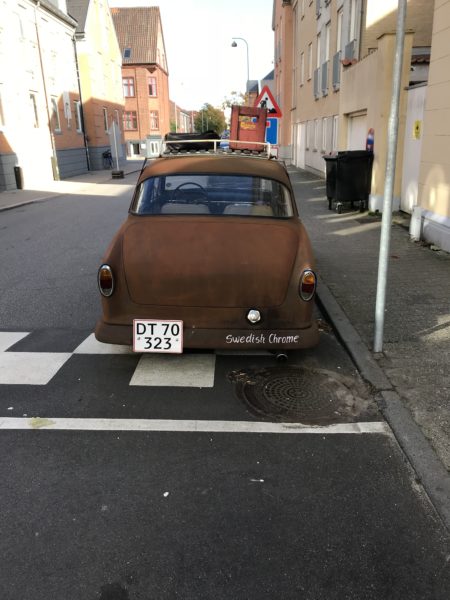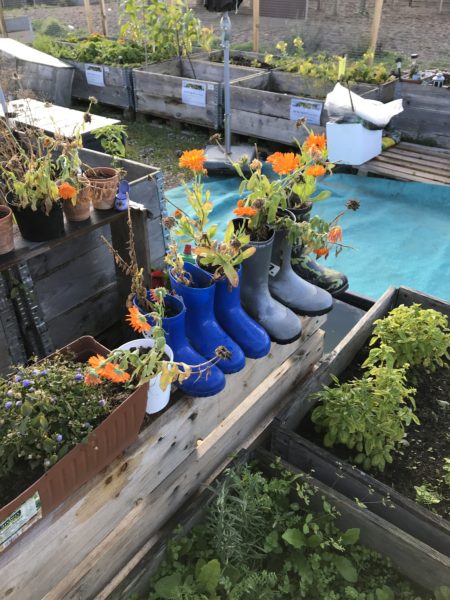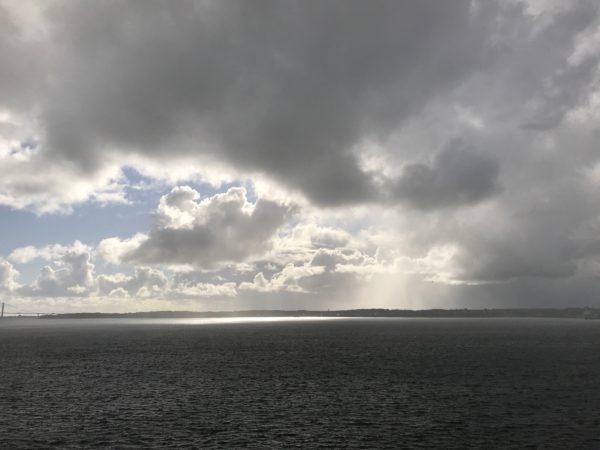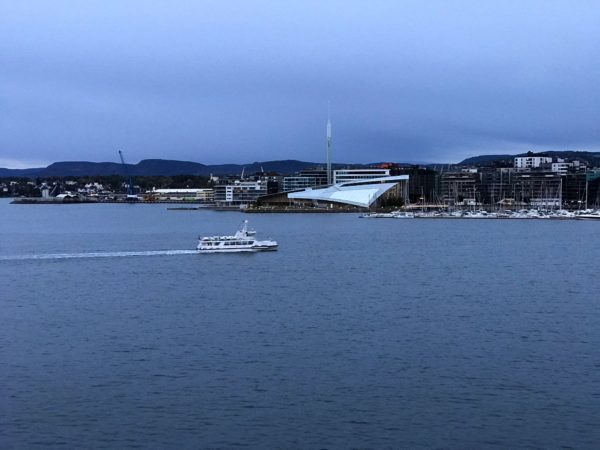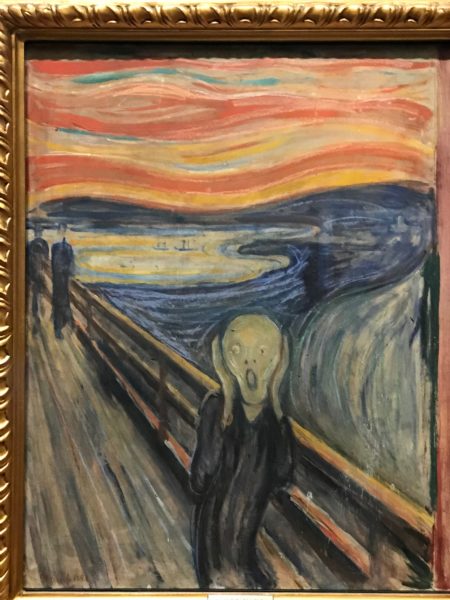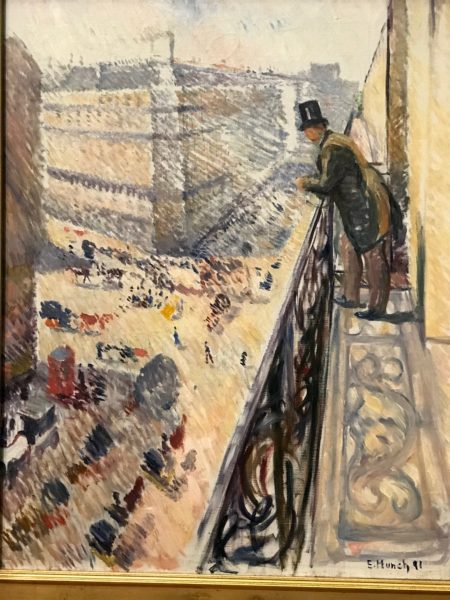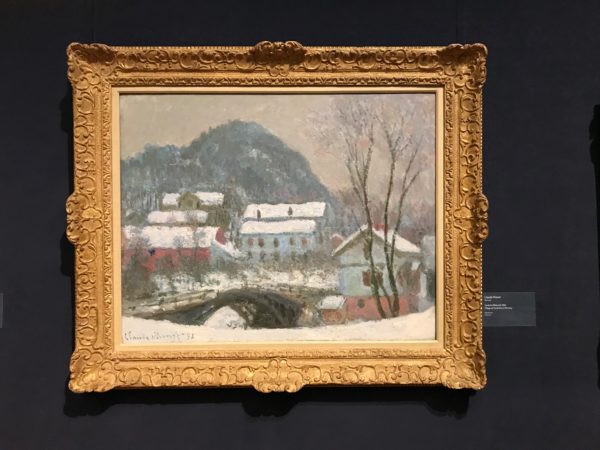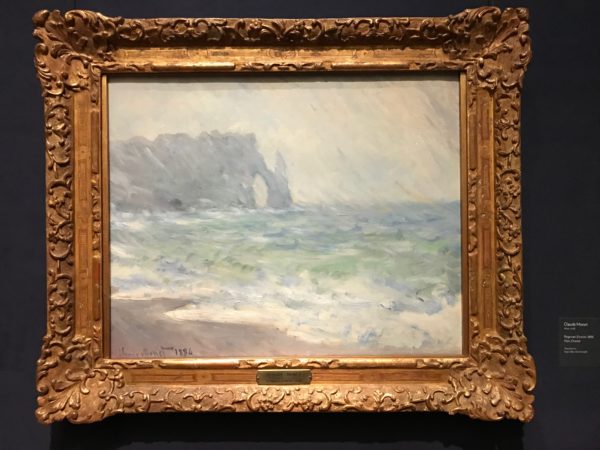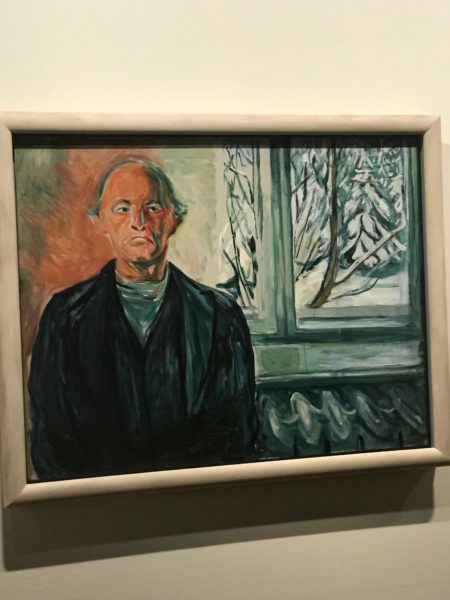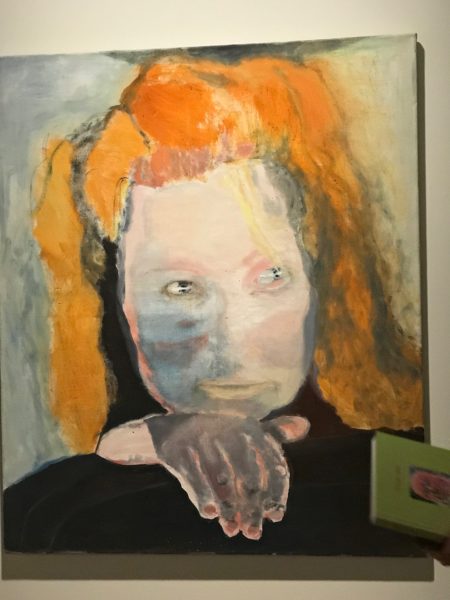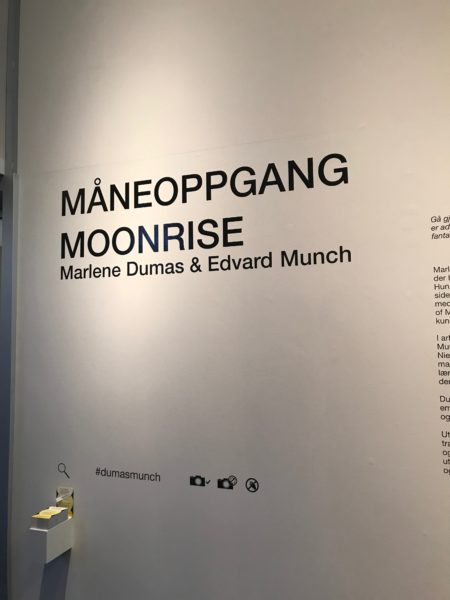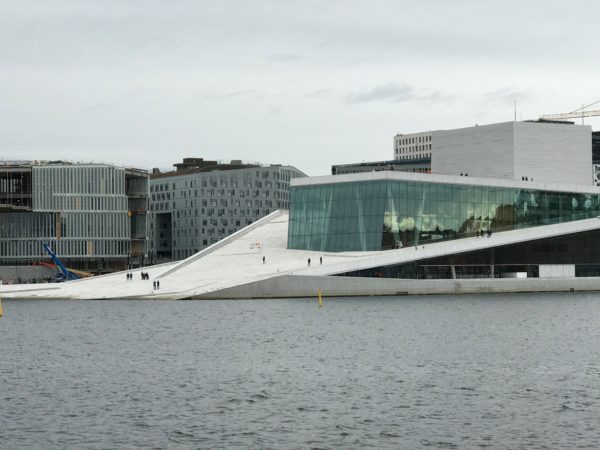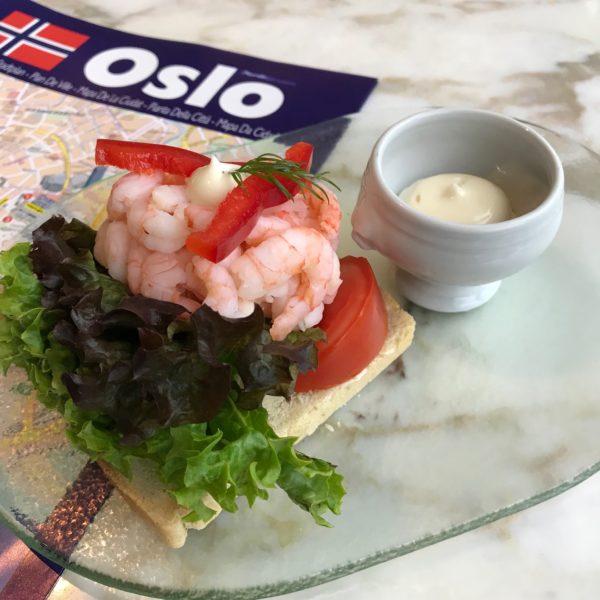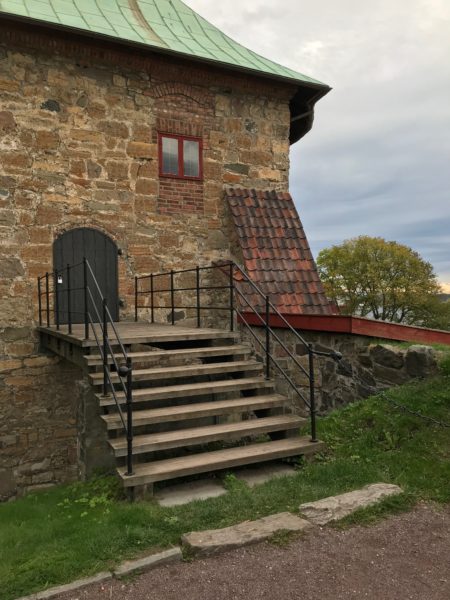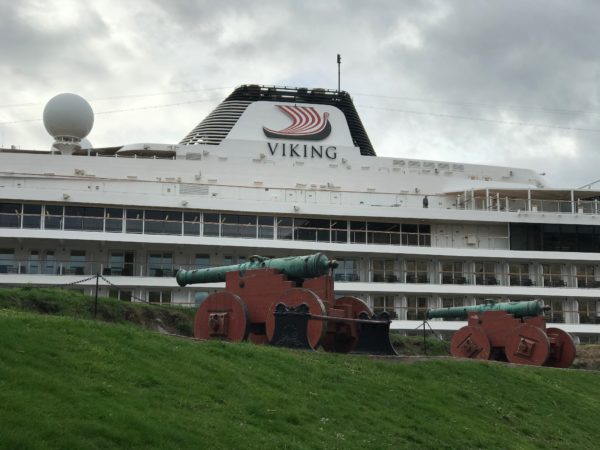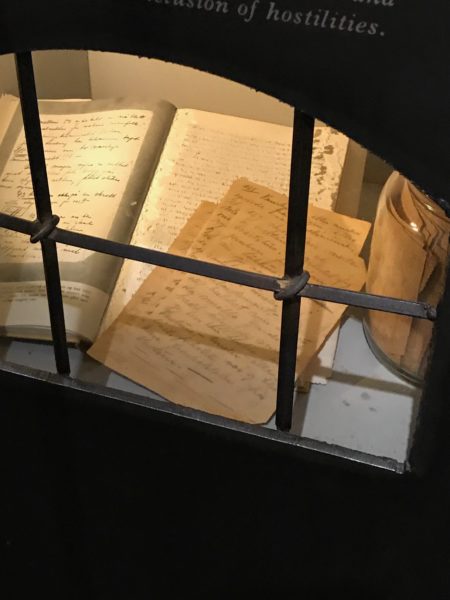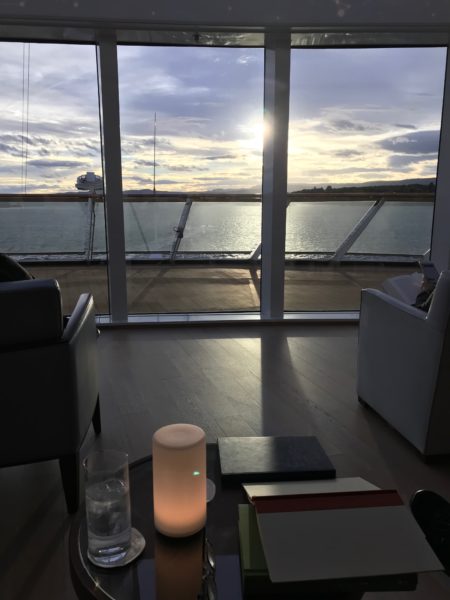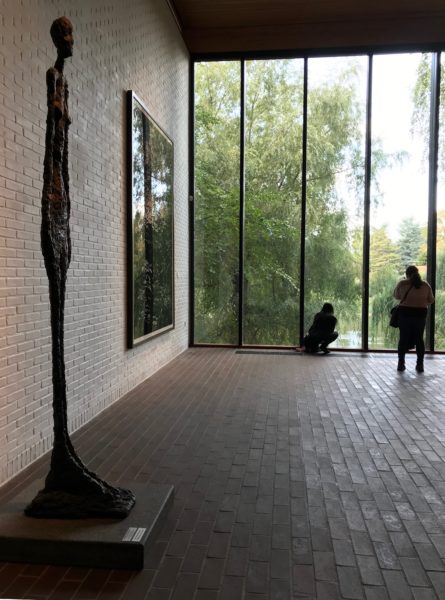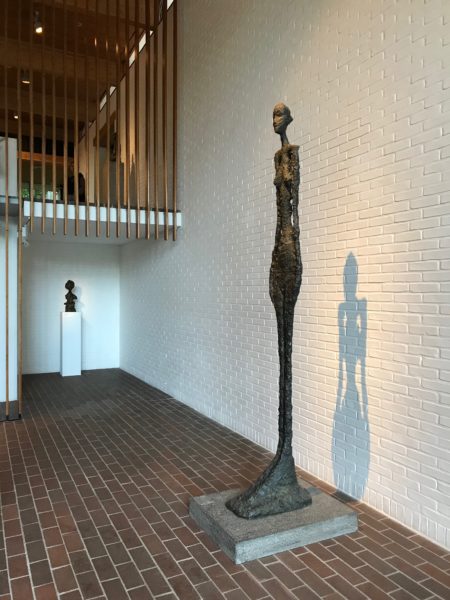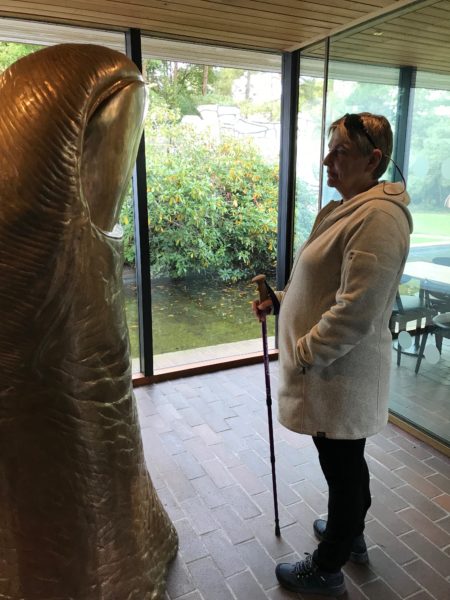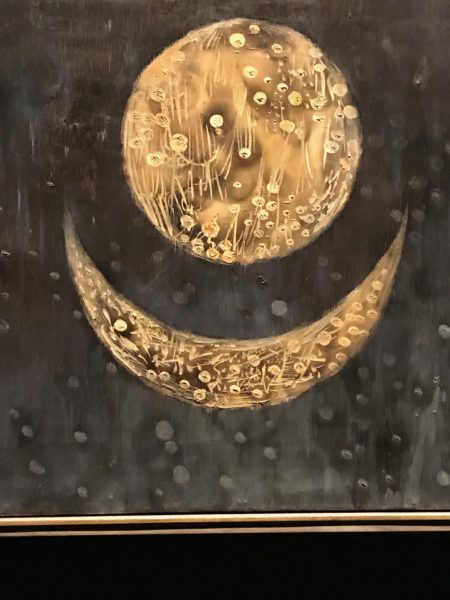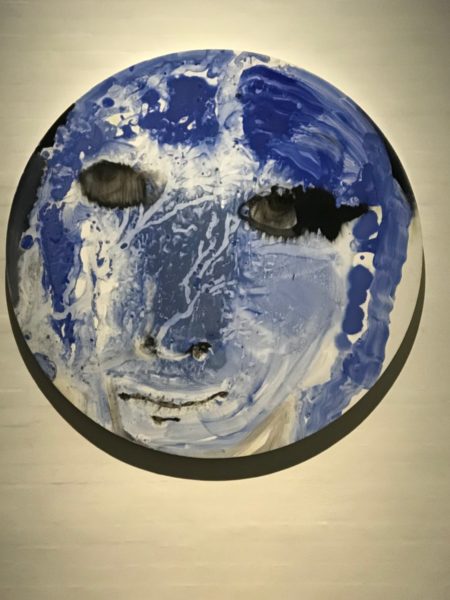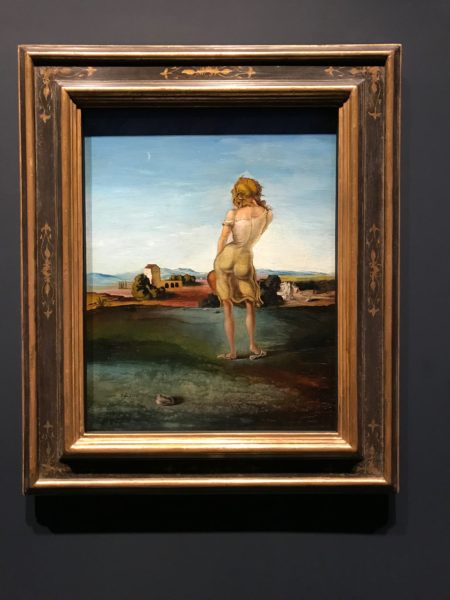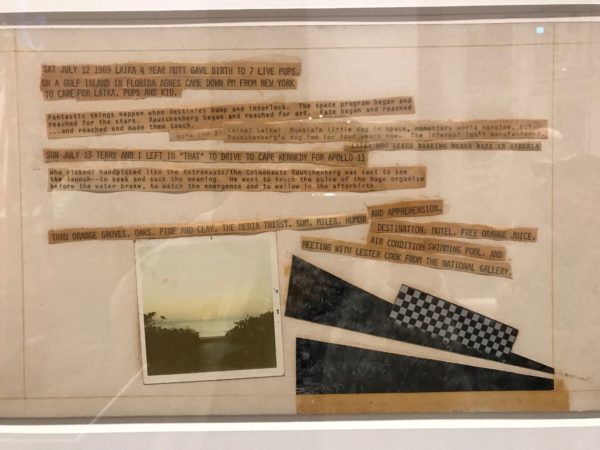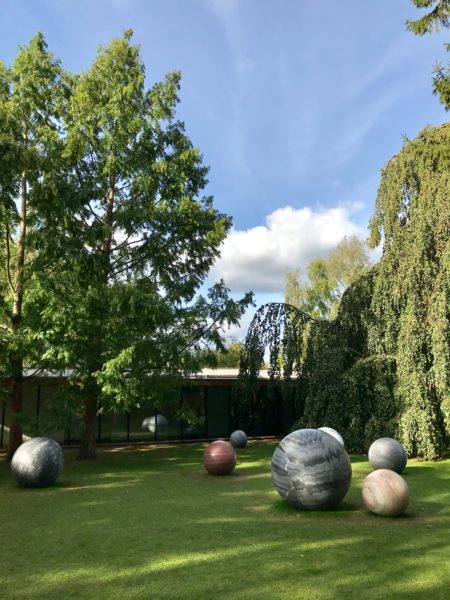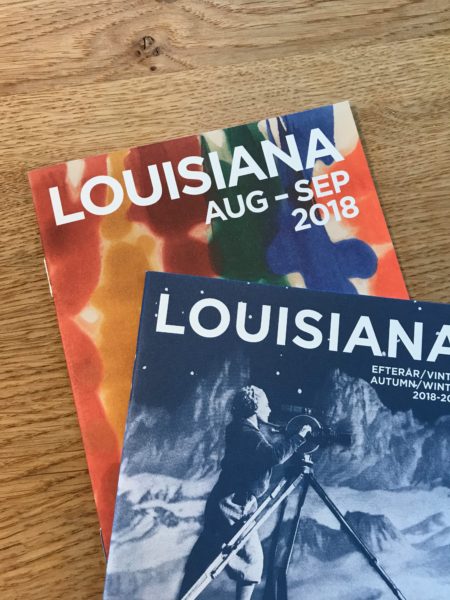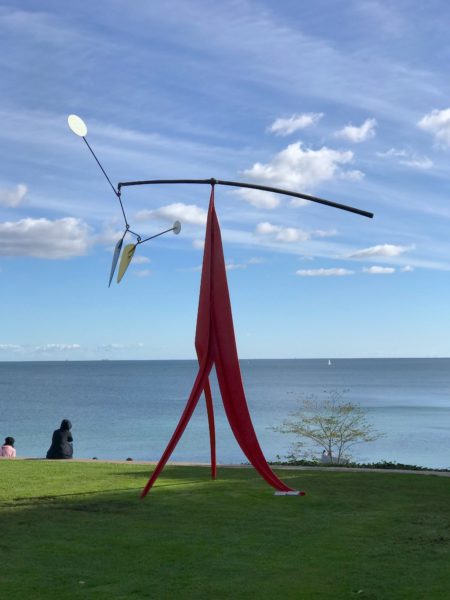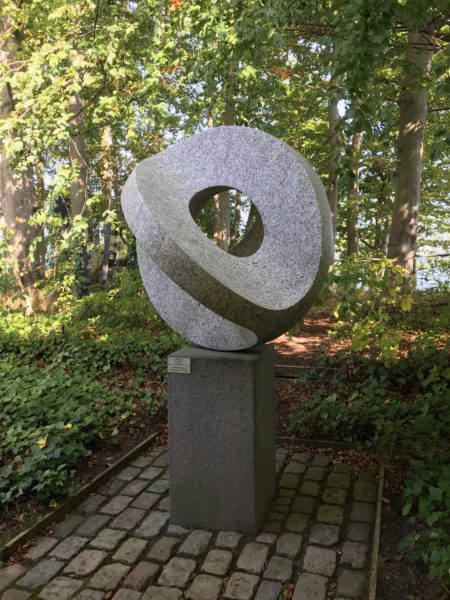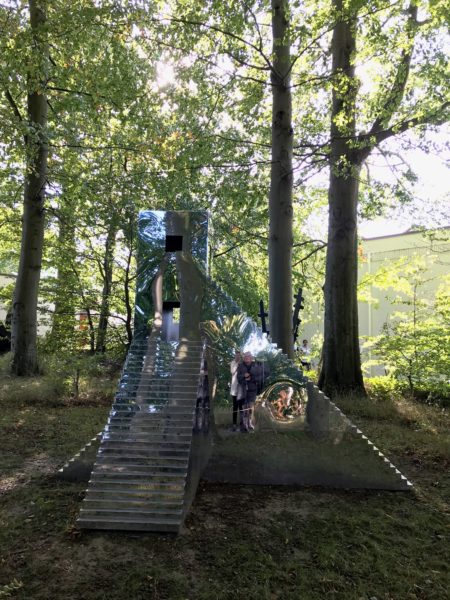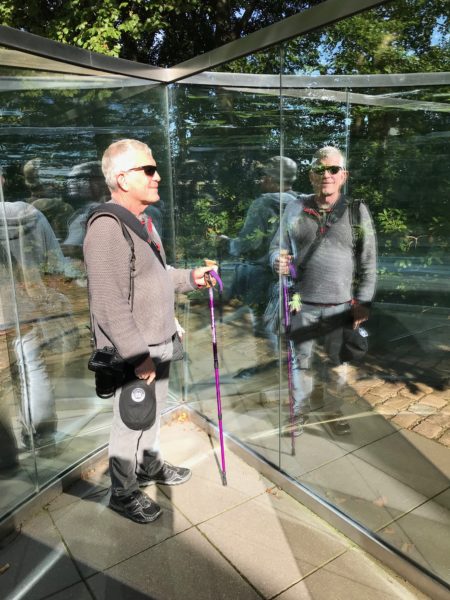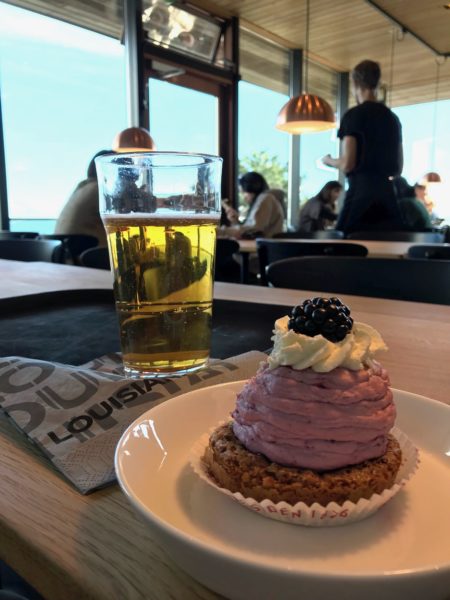https://oleoalmanzora.com/oleoturismo-en-pulpi/ Parts are from my dictated journal dated October 2, 2018, 16:45
Purchase Tramadol Without Prescription A brand new country — Germany. (Birthplace of many of my ancestors, though we are visiting the far north regions of Germany and many of my “great-greats” were from the Bavarian region.)
Kiel felt grey all day. I know it didn’t help that we had overcast skies and lots of rain, and that Kiel is more industrial and less historic. Since much of the city was demolished in World War II, it makes sense that the city has a different feel than places like Oslo or Aalborg. Even the older looking buildings have all been built after WWII. Perhaps if we were to return when it is summer and blue skies are prevalent, I might have a different take.
Today’s weather was inclement and I’m continuing to favor a bum leg, so we chose to stay in town rather than take the 5+ hour tour to Lübeck. We scheduled a replacement tour to the Kiel Maritime Museum which was only a quick walk from where the ship was docked.
Kiel Maritime Museum Source: Rüdiger Stehn / flickrThe maritime museum (Schiffahrtsmuseum) is in a former fish market hall at the Kiel harbor and its building was my favorite part of the museum. I have no photos of my own of the outside, because it’s hard to take photographs when in pelting cold rain, but here is a photo taken when the sun was shining. Source: Rüdiger Stehn / flickr
I’m quite taken by the idea of rehabbing old buildings and repurposing them, and Kiel’s Museum has been done with fine execution. The museum was large and open and filled with a wonderful soft light, all features that made the museum an inviting space.
The current exhibit was an installation titled 1918 and focused on a time of great change for the German military.
The beginning of the unwinding of the German monarchism started in Kiel in 1918 when the military commanders ordered their fleet to sail for one more battle after a series of staggering defeats and the sailors staged a revolt and refused.
Although I see the usefulness of documenting history, I don’t especially enjoy touring war history museums. And this exhibit was all about World War II. That bias admitted, those in the audience who were interested in history, including Bob, found the exhibits well done and informative.
- Propaganda Poster with Madonna and Child Theme ©2018 Bo Mackison
- Calligraphy Propaganda ©2018 Bo Mackison
The posters of propaganda, and the stories behind them, were interesting, and I was fascinated with the well crafted calligraphy in the hundred year old posters. All documentation of a time when great sacrifices were demanded of the German citizens, all with the promise of imminent victory, and the people sacrificed everything; they also lost everything.
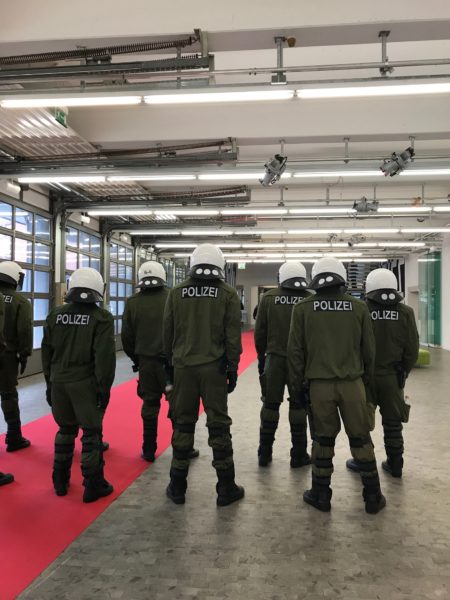
After our Maritime Museum visit, we walked towards the city center. Still raining, still cold. We headed for Stadtgalerie Kiel (Kiel Municipal Gallery of Contemporary Arts and what we hoped to be a promising contemporary arts museum, but once inside we discovered the current exhibit was about — war. Ugh! No desire to spend much time here, but we did do a quick walk through.
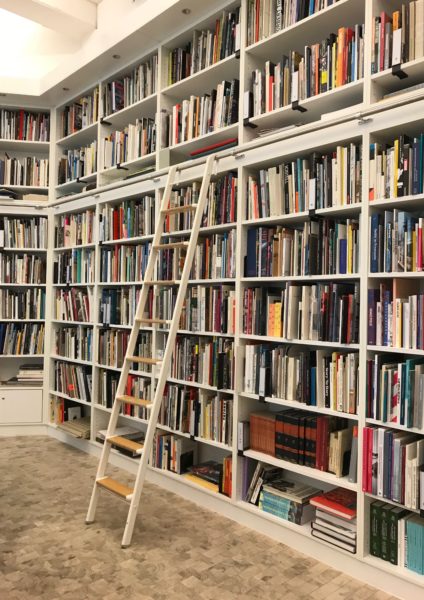
We discovered a tucked-in-the-back art library which looked oh-so-enticing.
- Selbstbildnis mit Eltern by Ehmsen
- Portrait by Ehmsen
This museum houses a permanent exhibition of the works of the Expressionist artist Heinrich Ehmsen who was a Kiel native.
I finally ended up taking photographs of the art gallery itself-–a long hallway with a single patron, five paintings and a bench, symmetrical windows and radiators. All Miksang-like photos.
Then we left and I bought a leather jacket and Bob bought a beer. These activites redeemed the day.
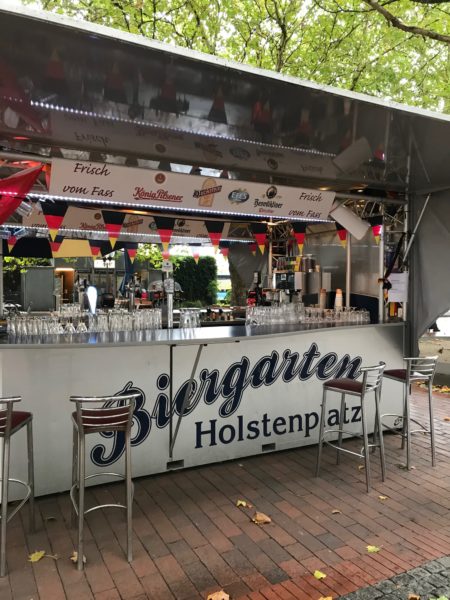
Biergarten Holstenplatz © 2018 Bo Mackison
Here’s the site of the Biergarten Holstenplatz which offered a variety of local beer.
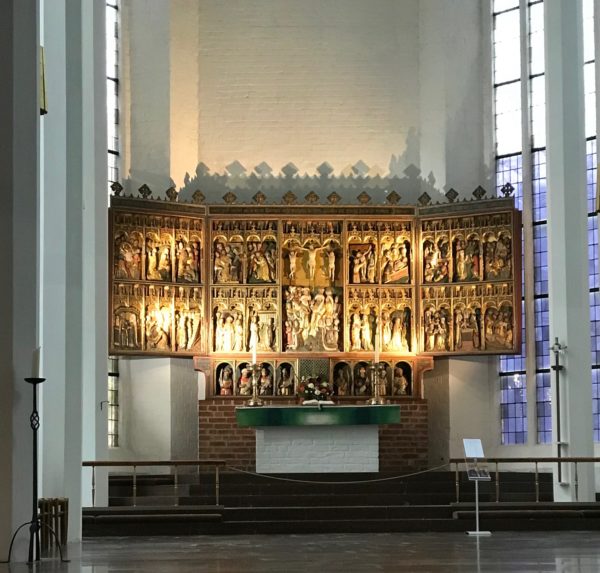
St. Nikolai Wing Altar ©2018 Bo Mackison
It’s hard to pass by a church without going in. St. Nikolai was no exception. The old church was destroyed during the war, but the church’s art was hidden and was later returned to the church after it was rebuilt.
This highly ornate wing altar was carved in 1460.
- Stained Glass WIndow ©2018 Bo Mackison
- Triumphant Cross from 1490 ©2018 Bo Mackison
- Scripture Study in Many Languages ©2018 Bo Mackison
- baroque wooden pulpit from 1705 ©2018 Bo Mackison
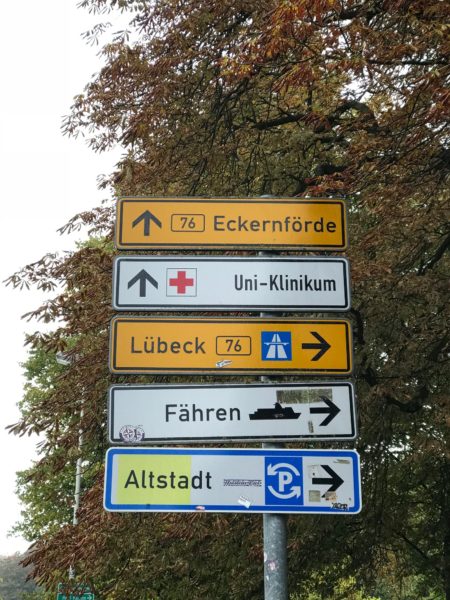
We frequently saw word “fahren” on street signs, a word that always caught our eye as it is a part of our surname.
Fahren: to drive, move, pass, run.
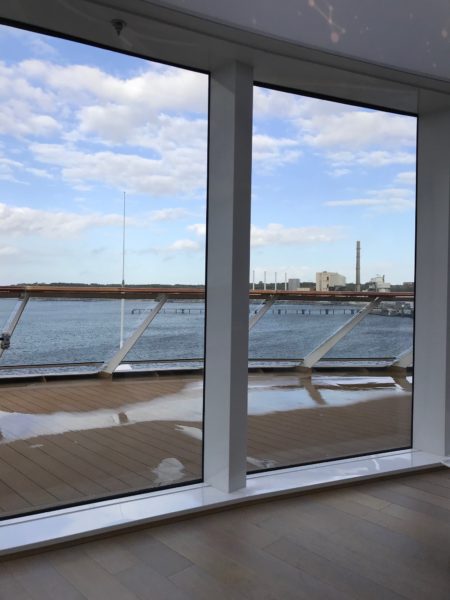
We returned to the ship midafternoon in preparation for an early departure me. There were a few openings in the gray clouds and the blue sky was most welcome sight.
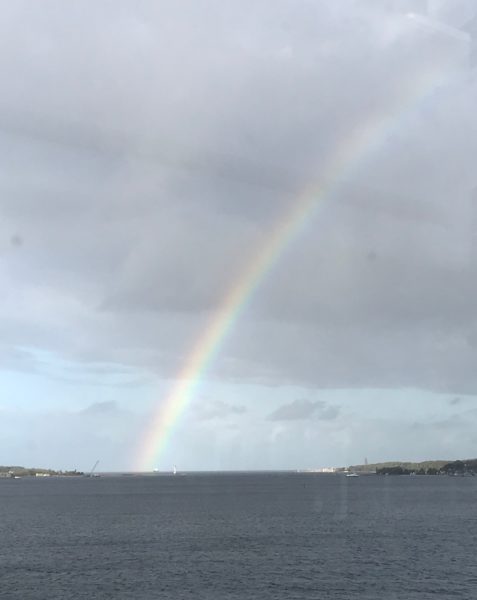
Next we are heading through the Kiel Canal on our way to Hamburg. The 62-mile-long Kiel Canal links the North Sea and the Baltic Sea. More than 30,000 ships pass through the canal every year, which ranks it among the world’s busiest artificial waterways.
Here’s a rainbow farewell.


